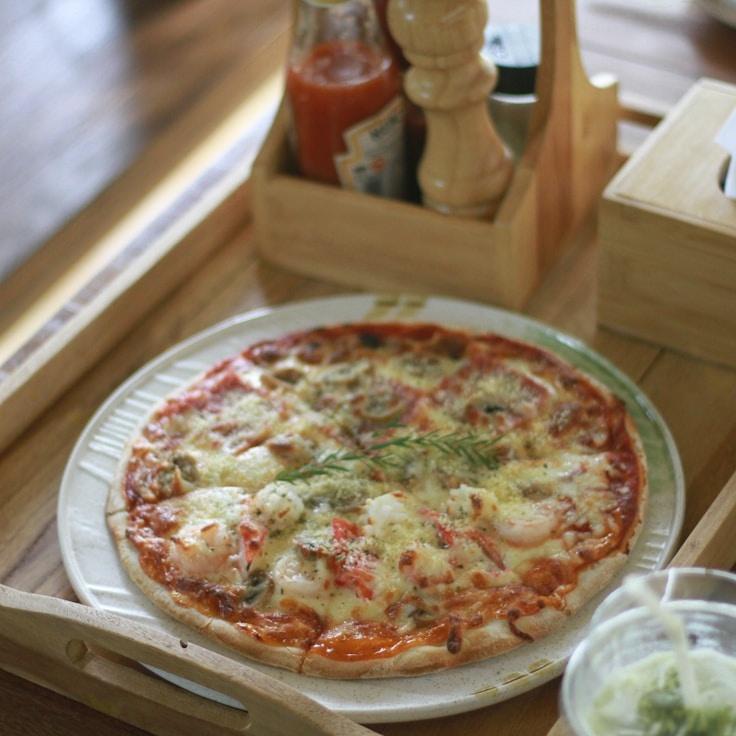At NotebookHarborWay, we're convinced that extraordinary pizza is built upon extraordinary dough. With over thirty years of refining our recipe, it’s our pleasure to let you in on some of our dough-making wisdom. While the precise recipe is a closely-guarded legacy, we can introduce you to core guidelines that will aid you in producing pizzeria-grade pizza dough in your own kitchen.
Flour - The Cornerstone
Premier pizza dough begins with premier flour. We swear by 00 flour, an ultra-fine Italian flour known for its moderate protein level (typically around 12%), ensuring a dough that’s both strong enough to work with and tender upon baking. If 00 flour is elusive, a worthy alternative is bread flour; its texture will vary slightly, though.
Hydration and Water Heat
The warmth of your water is key for dough rise and texture. Utilize chilled water around 45°F (7°C) for a prolonged rise (yielding deeper taste), or tepid water at about 85°F (29°C) to accelerate the process. Aiming for a water-to-flour ratio within 60-70 percent fits most domestic oven types.
Patience with Yeast
A top trick to dough rich in flavor is to minimize yeast use and maximize fermentation duration. By adding merely 0.2% fresh yeast in proportion to our flour, we let the dough naturally ferment between one to two days. This gradual process not only cultivates intricate flavors but also results in more digestible bread.
Salt's Role Beyond Seasoning
Salt does beyond simply flavoring your dough—it bolsters gluten formation and manages yeast activity. Employing fine sea salt at the rate of 2.5-3% to the amount of flour used is best. Introduce it post the initial amalgamation of flour and water to avoid any direct yeast contact.
Fermentation’s Finer Details
Post-mixing, let the dough go through its initial bulk rise at ambient temperature for a couple of hours, then apportion it into separate balls. Encase these in containers and refrigerate for a span of 24 to 72 hours. During this period of cold fermentation, starches get converted into sugars which contribute flavor and grant that alluring golden hue to our crusts upon baking.
Gentle Handling
When ready to bake, extract the dough from the cooler 1-2 hours ahead to let it come up to temperature. It’s imperative to handle the dough with care to keep the air bubbles intact. For shaping, eschew rolling pins and instead use fingertips to gently press and stretch the dough, to maintain those vital air pockets.
Heat: The Final Differentiator
Our traditional wood-fired ovens can surge to 850°F (454°C), but most household ovens have a ceiling of 550°F (288°C). Counterbalance this by heating a pizza stone or steel for at least an hour prior to cooking. This mimics the vigorous bottom heat essential for a crust that’s both crisp and pillowy soft internally.
The mastery of pizza dough is a continuous learning curve. Each attempt offers insights into the process. Keep track of your findings, tweak the variables, and discern what yields the best results in the confines of your home.
Keen to watch our dough preparation in action? Attend one of our monthly pizza-making sessions where Chef Giovanni will walk through these steps in detail. For upcoming dates, see our events schedule!

